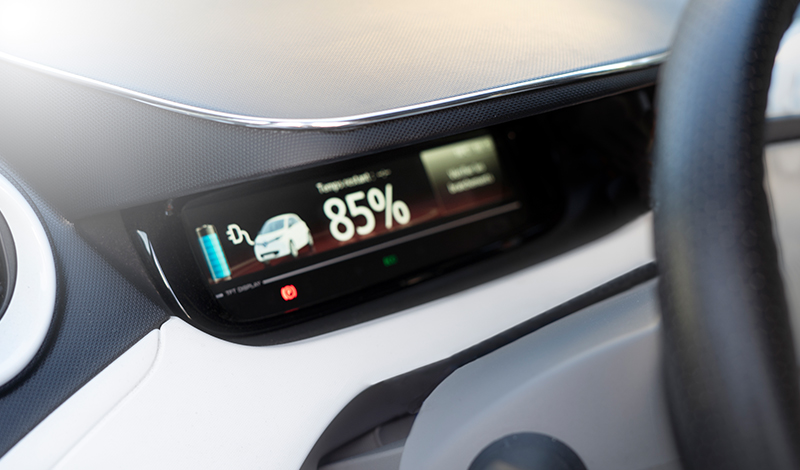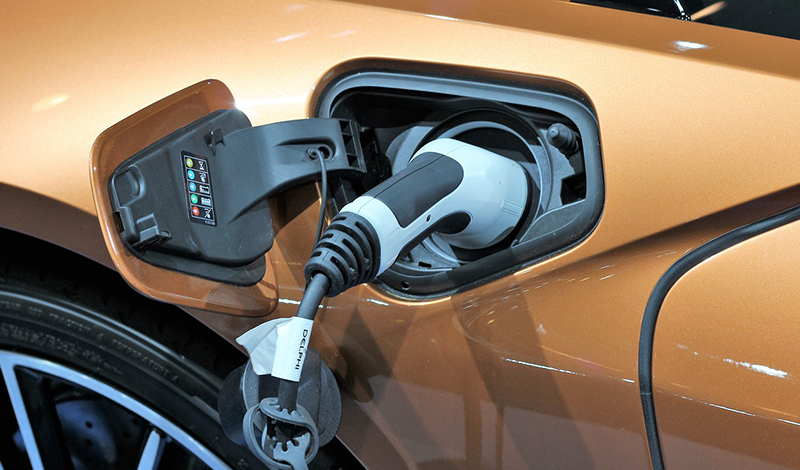Dive into the world of Plug-in Hybrid Cars, or PHEVs. These vehicles mix petrol engines and electric power. It’s a smart blend. You get the efficiency of an electric drive. Plus, the long range of petrol cars.
PHEVs can switch between electric and petrol power. This means more miles and fewer stops for fuel. Charging at home? Easy. And it’s cheaper than petrol. Plus, there are tax breaks in many places. Good for your wallet and the planet.
But, there’s a catch. They cost more upfront. And, finding charging spots can be tricky. Also, their batteries don’t last forever.
Understanding their electric systems is key. These parts make the car quiet and quick. Regular care is crucial.
Regenerative braking in PHEVs saves more power. It makes these cars efficient and easy on the wallet.
PHEVs face challenges. Yet, they are a smart move towards cleaner driving. Ready to take the plunge? PHEVs might just be what you’re looking for.
What is a Plug-in Hybrid Car (PHEV)?
A plug-in hybrid car (PHEV) is a vehicle that combines an internal combustion engine with an electric motor, powered by rechargeable batteries. It can be charged via an external power source and offers the flexibility of electric driving with the extended range of a petrol engine.
Advantages of a Plug-in Hybrid Vehicle
Plug-in hybrids offer a range of benefits, making them a compelling choice for many drivers. Here are a few key advantages:
- Reduced Emissions: PHEVs produce fewer emissions compared to conventional cars, making them more environmentally friendly.
- Flexibility: These vehicles provide the flexibility of using electric power for shorter trips and petrol for longer journeys.
- Cost-Effective: Charging a plug-in hybrid is generally cheaper than refuelling with petrol.
- Tax Incentives: Many regions offer tax incentives for owning a PHEV, reducing overall costs.
Disadvantages of a Plug-in Hybrid Vehicle
Despite their benefits, plug-in hybrids also have some drawbacks:
- Higher Initial Cost: PHEVs can be more expensive upfront compared to conventional vehicles.
- Charging Infrastructure: Access to public charging stations may be limited in some areas.
- Battery Lifespan: The batteries in PHEVs may degrade over time, potentially leading to costly replacements.
Understanding Electric Drive Systems in Hybrid Electric Cars
The electric drive system is a key component of hybrid electric cars. It consists of an electric motor powered by batteries, which propels the car. This system allows for quieter operation and immediate torque delivery for quicker acceleration. Another advantage is that electric drive systems can reduce reliance on the petrol engine, leading to fuel savings and lower emissions.
In plug-in hybrids, the electric drive system often provides sufficient power for most daily driving needs. When the battery’s electric power is depleted, the petrol engine automatically takes over, ensuring uninterrupted travel. This seamless transition between electric and petrol power is a hallmark of PHEVs.
Maintaining the electric drive system requires specific knowledge and tools. Regular checks and services are important to ensure the system functions efficiently. This includes monitoring battery health and ensuring all electrical connections are secure and functioning properly.
Role of Regenerative Braking in Plug-In Hybrids

Regenerative braking is a revolutionary feature in plug-in hybrids. It works by capturing energy normally lost during braking and converting it into electric power. This energy is then stored in the vehicle’s batteries.
This process not only conserves energy but also extends the range of the electric power. It contributes to the overall efficiency of the vehicle, making it more economical to run. Regenerative braking also reduces wear and tear on the traditional braking system, leading to potentially lower maintenance costs.
Understanding how regenerative braking contributes to a plug-in hybrid’s efficiency is crucial. It’s a key factor that differentiates these vehicles from conventional ones and is essential in maximizing the benefits of driving a PHEV.
Common Issues in Plug-In Hybrid Electric Vehicles
Like any vehicle, plug-in hybrids can face certain issues. Battery performance can decline over time, affecting the electric range and overall efficiency of the car. Keeping the battery properly charged and avoiding extreme temperatures can help mitigate this issue.
Another common concern is the complexity of the hybrid system. With both an electric motor and a petrol engine, there are more components that could potentially require maintenance or repair. Staying on top of regular service schedules is crucial for the longevity of a PHEV.
Finally, software issues can arise, affecting various aspects of the vehicle’s operation. Regular software updates and diagnostics are important to ensure all systems function optimally.
Conclusion
In summary, plug-in hybrid cars (PHEVs) offer a smart blend of traditional and futuristic driving. They bridge the gap between fully electric rides and self-charging hybrids. With a plug, you recharge their batteries, boosting efficiency.
Unlike pure electric vehicles, PHEVs ensure you’re not left searching for a charger mid-journey. Their dual-engine system maximizes battery power, cutting emissions and costs.
However, consider the higher upfront cost and battery lifespan. Given these insights, PHEVs stand as a robust choice for those transitioning to greener driving without relying solely on mild hybrid or fully electric options. Embrace the future of travel with PHEVs.
F.A.Q
Can You Drive a Plug-in Hybrid Without the Battery?
Yes, you can drive a plug-in hybrid (PHEV) without the battery being charged. The vehicle will use its petrol engine, making it function like a conventional car. However, this negates the benefits of reduced emissions and cost savings from electric power.
Can PHEV Run Without Gas?
Yes, a plug-in hybrid electric vehicle (PHEV) can run without gas for a limited distance using its electric motor and stored battery power. However, for longer journeys beyond its electric range, gas is required to activate the petrol engine, ensuring continuous driving without needing an immediate recharge.
What Happens When the PHEV Battery Dies?
When a PHEV’s battery dies, the vehicle automatically switches to its petrol engine, allowing continued travel. However, the electric range is lost until the battery is recharged. To avoid inconvenience, regular checks and timely recharging of the battery are recommended to maintain optimal performance.
- One Click Car Insurance Reviews | Ratings & User Feedback - 9 December 2024
- People’s Choice Car Insurance Reviews | Ratings & User Feedback - 9 December 2024
- Churchill Car Insurance Reviews | DriveSure Telematics - 7 December 2024

